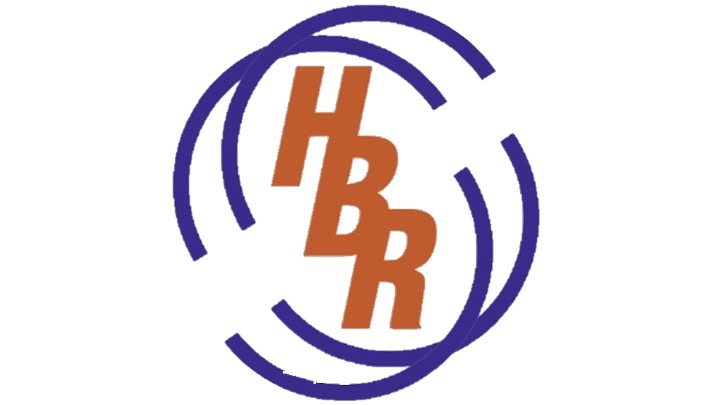Understanding 5 Different Types Of Chokes
A choke is an electrical component that is designed to block or reduce the flow of high-frequency signals while allowing low-frequency signals to pass through. Chokes are commonly used in electronic circuits to filter out noise, reduce electromagnetic interference, and provide stable power supplies. There are different types of chokes available, each with its own unique characteristics and applications. In this blog post, we will discuss 5 different types of chokes and their uses.
Common Mode Choke
A common mode choke is a type of inductor that is designed to filter out common mode noise. Common mode noise is the type of noise that is present on both lines of a balanced transmission line, such as a twisted pair cable. A common mode choke is placed in series with the transmission line and provides a high impedance to the common mode noise, while allowing the differential mode signal to pass through.
Common mode chokes are commonly used in Ethernet cables, USB cables, and other communication cables to reduce electromagnetic interference and improve signal quality.
Differential Mode Choke
A differential mode choke is a type of inductor that is designed to filter out differential mode noise. Differential mode noise is the type of noise that is present on one line of a balanced transmission line with respect to the other line. A differential mode choke is placed in series with the transmission line and provides a high impedance to the differential mode noise, while allowing the common mode signal to pass through.
Differential mode chokes are commonly used in power supplies to reduce noise and improve power quality.
Line Choke
A line choke is a type of inductor that is placed in series with an AC power line. Line chokes are designed to reduce the flow of high-frequency noise and harmonics in the AC power line, thereby improving power quality and reducing electromagnetic interference.
Line chokes are commonly used in industrial applications, such as motor control systems, to reduce power line noise and improve system performance.
RF Choke
An RF choke is a type of inductor that is designed to block radio frequency (RF) signals. RF chokes are commonly used in radio frequency circuits, such as antennas and transmitters, to prevent RF signals from interfering with the circuit operation.
RF chokes are typically designed to have high inductance and low resistance, which makes them effective at blocking RF signals while allowing DC and low-frequency signals to pass through.
Power Choke
A power choke is a type of inductor that is designed to filter out noise and provide stable power supplies. Power chokes are commonly used in power supplies to filter out AC ripple in the DC output and provide stable DC voltage.
Power chokes are typically designed to have high inductance and low resistance, which makes them effective at filtering out noise while allowing DC signals to pass through.
In conclusion, chokes are essential electronic components that are used in various electronic circuits to filter out noise, reduce electromagnetic interference, and provide stable power supplies. There are different types of chokes available, each with its own unique characteristics and applications. Common mode chokes and differential mode chokes are used to filter out common mode noise and differential mode noise, respectively. Line chokes are used to reduce the flow of high-frequency noise and harmonics in AC power lines. RF chokes are used to block radio frequency signals, and power chokes are used to filter out noise and provide stable power supplies. Understanding the different types of chokes and their applications is essential for designing and building reliable and high-performance electronic circuits.

